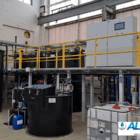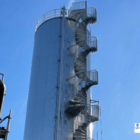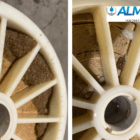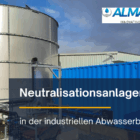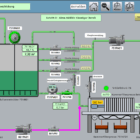Hydrocarbons (HCs) are organic compounds consisting exclusively of carbon and hydrogen atoms. They form the basis of numerous organic substances and are widely used in the chemical industry, energy production and petrochemistry. Hydrocarbons are classified in various forms such as aliphatic (linear or branched chains) and aromatic (ring-shaped structures) compounds.
Table of contents
Chemical properties and structures
Hydrocarbons vary greatly in their chemical structure and physical properties. These variations determine their solubility, reactivity and environmental behavior:
Aliphatic hydrocarbons:
- Saturated (alkanes): C-C single bonds, such as methane or propane.
- Unsaturated (alkenes and alkynes): C=C double bonds or C≡C triple bonds, such as ethylene or acetylene.
Aromatic hydrocarbons:
Contain at least one benzene ring, e.g. benzene, toluene and polycyclic aromatic hydrocarbons (PAHs).Branched hydrocarbons:
Complex structures with side chains, frequently found in fuels and solvents.
Relevance and challenges in water treatment
Hydrocarbons enter bodies of water through industrial processes, leaks or waste. Removing them from water poses a major challenge, as many of them are hydrophobic and difficult to biodegrade. In higher concentrations, they have a toxic effect on aquatic organisms and can lead to the formation of biofilms or harmful layers on water surfaces.
Sources in the industry:
- Petrochemical industry: Refineries and oil production release large quantities of hydrocarbons.
- Metal processing and electroplating: Use of solvents and lubricants.
- Food industry: Use of oils and fats with hydrocarbon compounds.
- Textile and leather industry: use of hydrophobic chemicals.
Process for the removal of hydrocarbons
1. grease and oil separator
Grease separators separate hydrocarbons from water based on density differences. Light hydrocarbons float, while heavy particles sediment.
2. flotation plants
In dissolved air flotation, as in the ALMA NeoDAF, the finest hydrocarbon particles are brought to the surface by air bubbles.
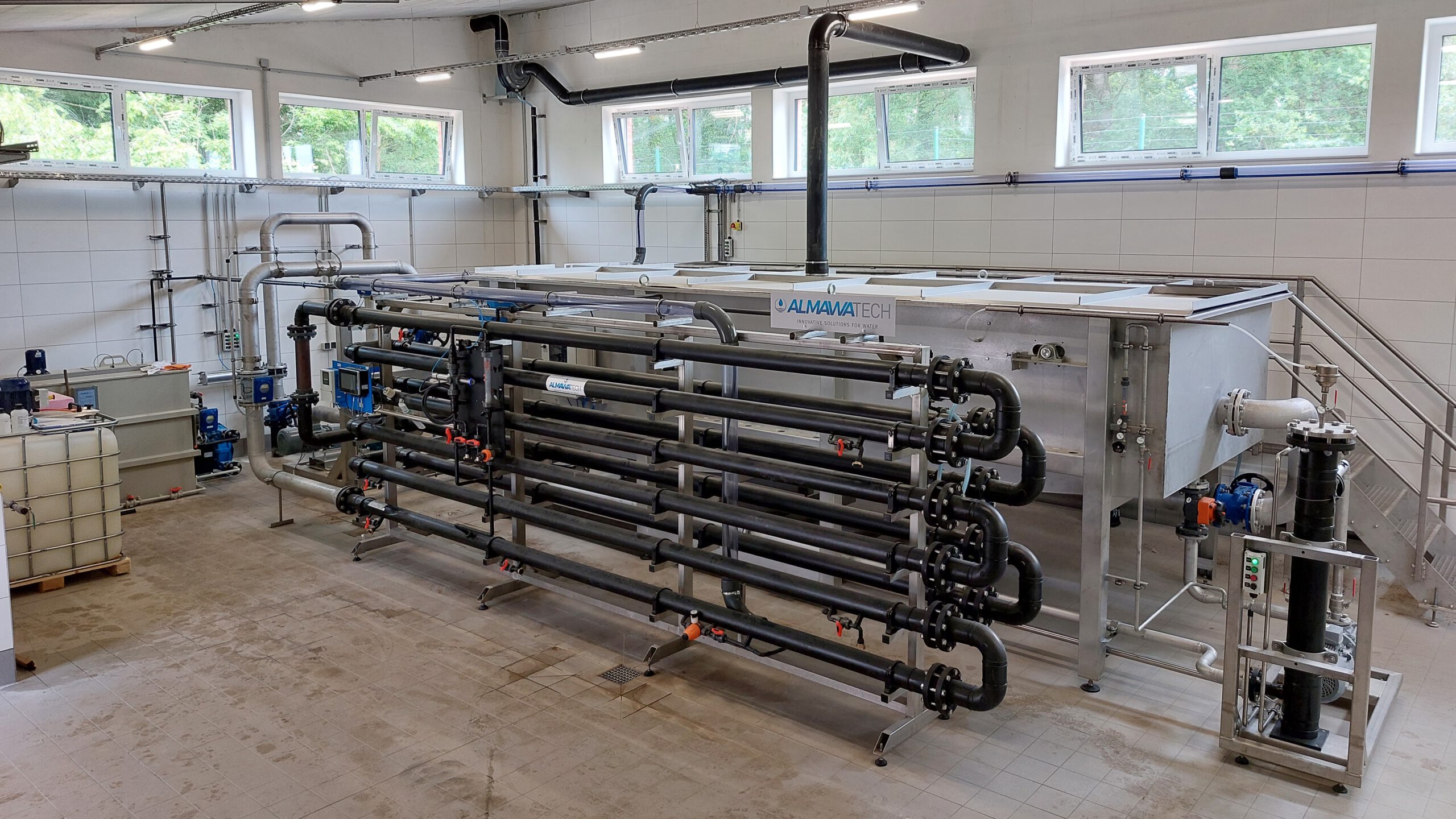
Photo: Our ALMA NeoDAF flotation system with load-proportional precipitant dosing
3. activated carbon adsorption
Hydrocarbons adsorb on the large specific surface area of activated carbon. Particularly effective for aromatic hydrocarbons and PAHs.
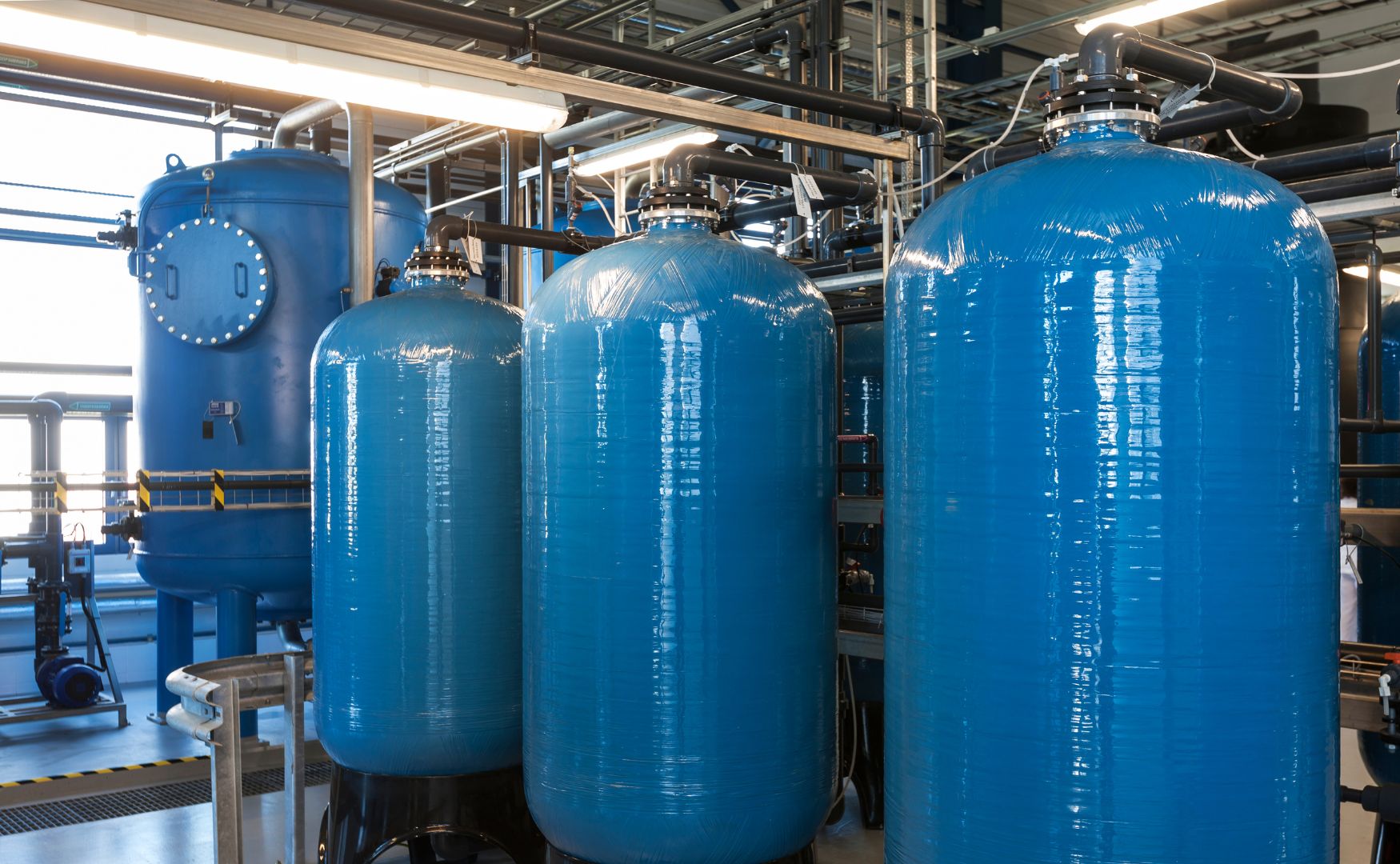
Photo: Our ALMA FIL AK activated carbon filters for industrial applications
4. membrane process
Nanofiltration and reverse osmosis efficiently remove dissolved hydrocarbons. They are particularly suitable for wastewater with high concentrations of pollutants.
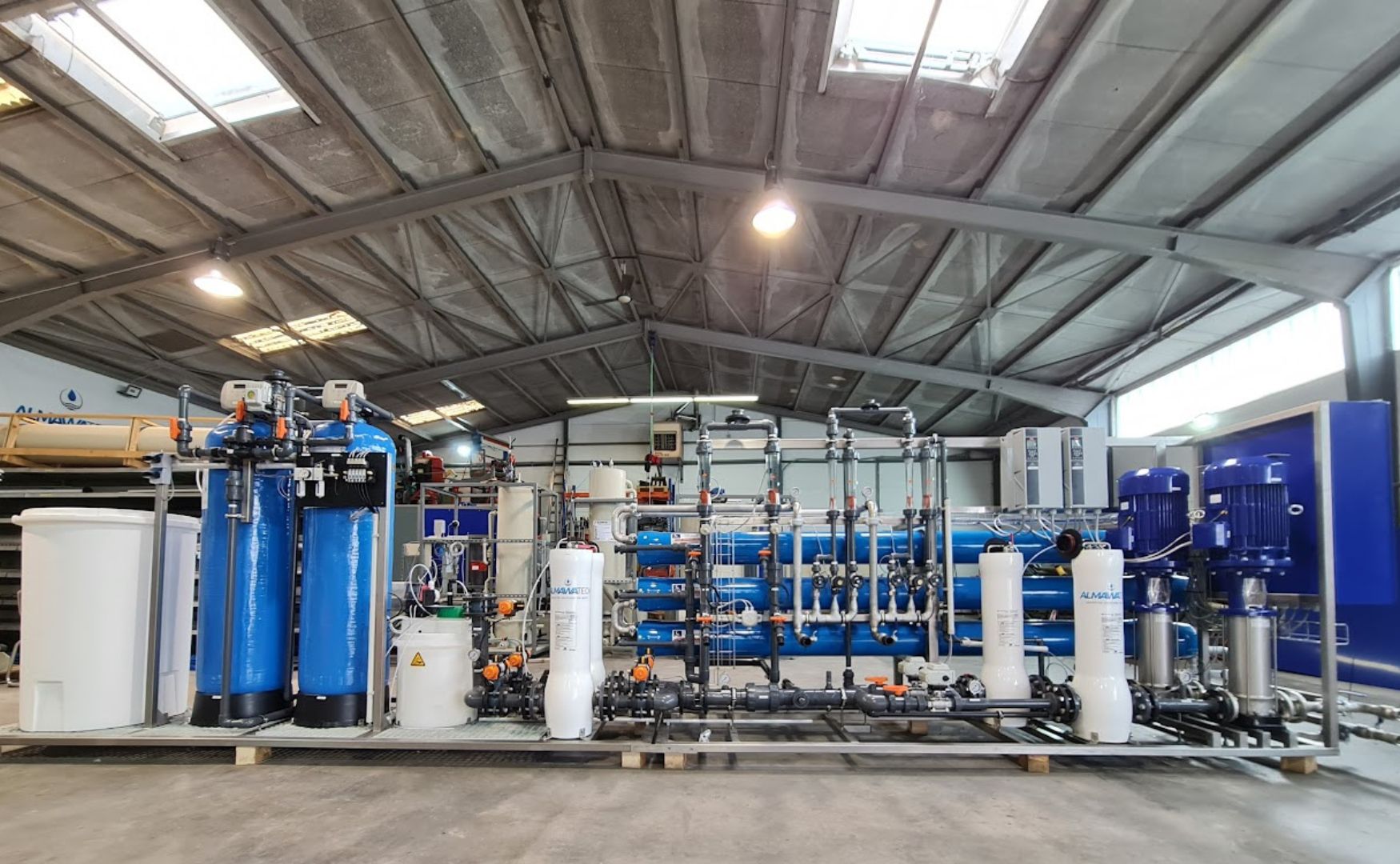
Photo: Our ALMA OSMO Process reverse osmosis system with water softener and pre-filtration
5. biological processes
Microorganisms such as bacteria and fungi can cause certain hydrocarbons in activated sludge tanks or through biofiltration degradation. This is particularly effective for aromatic and aliphatic hydrocarbons with lower molecular weights.
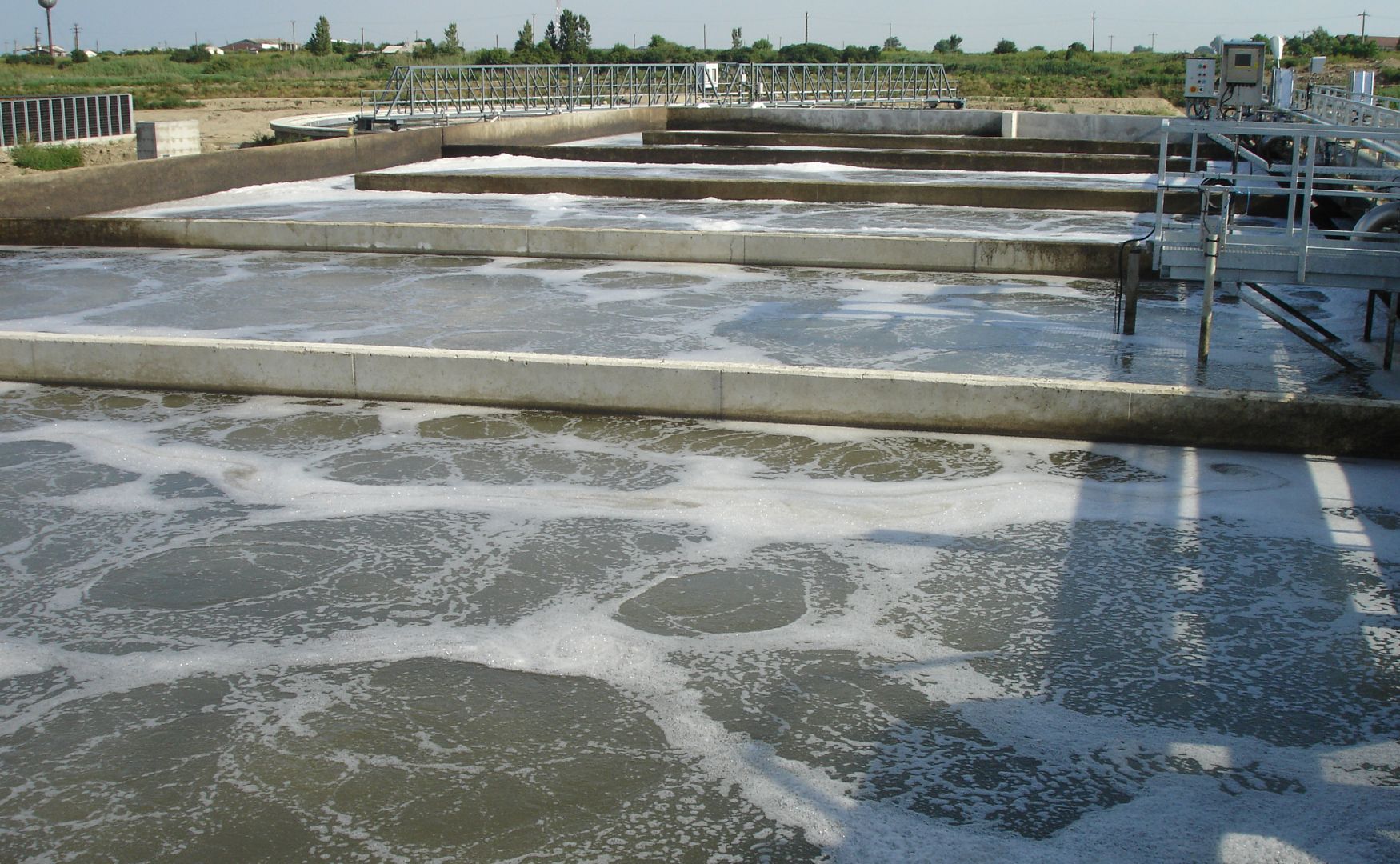
Photo: 3D design of our ALMABioFil Compact biofiltration system
Environmental aspects and legal requirements
The environmental relevance of hydrocarbons is high, particularly in the case of aromatic compounds such as PAHs, which can have carcinogenic and mutagenic effects. Due to their toxicity and persistence, hydrocarbons are subject to strict limits in accordance with the German Waste Water Ordinance and the EU Water Framework Directive.
Conclusion
Hydrocarbons pose a significant challenge in industrial water and wastewater treatment. A combination of mechanical, chemical-physical and biological processes is required to ensure compliance with legal regulations. With technologies such as grease separators, flotation systems and membrane processes, ALMAWATECH offers effective solutions for removing hydrocarbons from industrial wastewater and thus sustainably supporting environmental protection.
For further information on our products, please feel free to contact us at any time!


